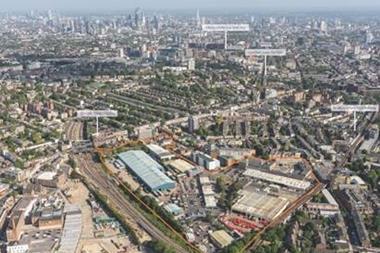There is a child-like quality to multi-level logistics schemes, with their boxy designs split over several levels or storeys. But the reality of delivering them, and making them stack up financially, is far from child’s play.

This is why so few of these projects have been completed in the UK, despite the hype about them and the multi-level model proving successful in the Far East.
So, could this be about to change? The UK I&L property market has shifted considerably in recent years with values and rents remaining high despite the current economic challenges. Crucially, industrial space is also becoming squeezed in urban areas as more industrial land is lost, particularly to housing development. Collectively, it has started to create an environment where adding extra levels makes sense practically and financially.
But hurdles remain to delivering such schemes. As both Richard Bains, managing director of Chancerygate, and Polly Troughton, managing director of St Modwen Logistics, point out (see p4-5), our existing planning system isn’t exactly friendly when it comes to building logistics sites close to residential areas, which is precisely where multi-level schemes are needed the most. Neither does the existing planning system offer greater support to projects that maximise land such as multi-level schemes, despite widespread recognition of the need to make better use of existing sites.
There is also the problem of high build costs. With their added complexity, multi-level schemes are expensive compared with traditional warehouse schemes. Finding additional funds for a model largely unproved in the UK is hard. Our cover feature (see p12) shows there is an eagerness among I&L developers to turn the hype around multi-level schemes into reality. But given current market conditions, we’re likely to have to wait several more years before the multi-level model becomes mainstream.
Andy Hillier is Property Week’s features editor






























No comments yet